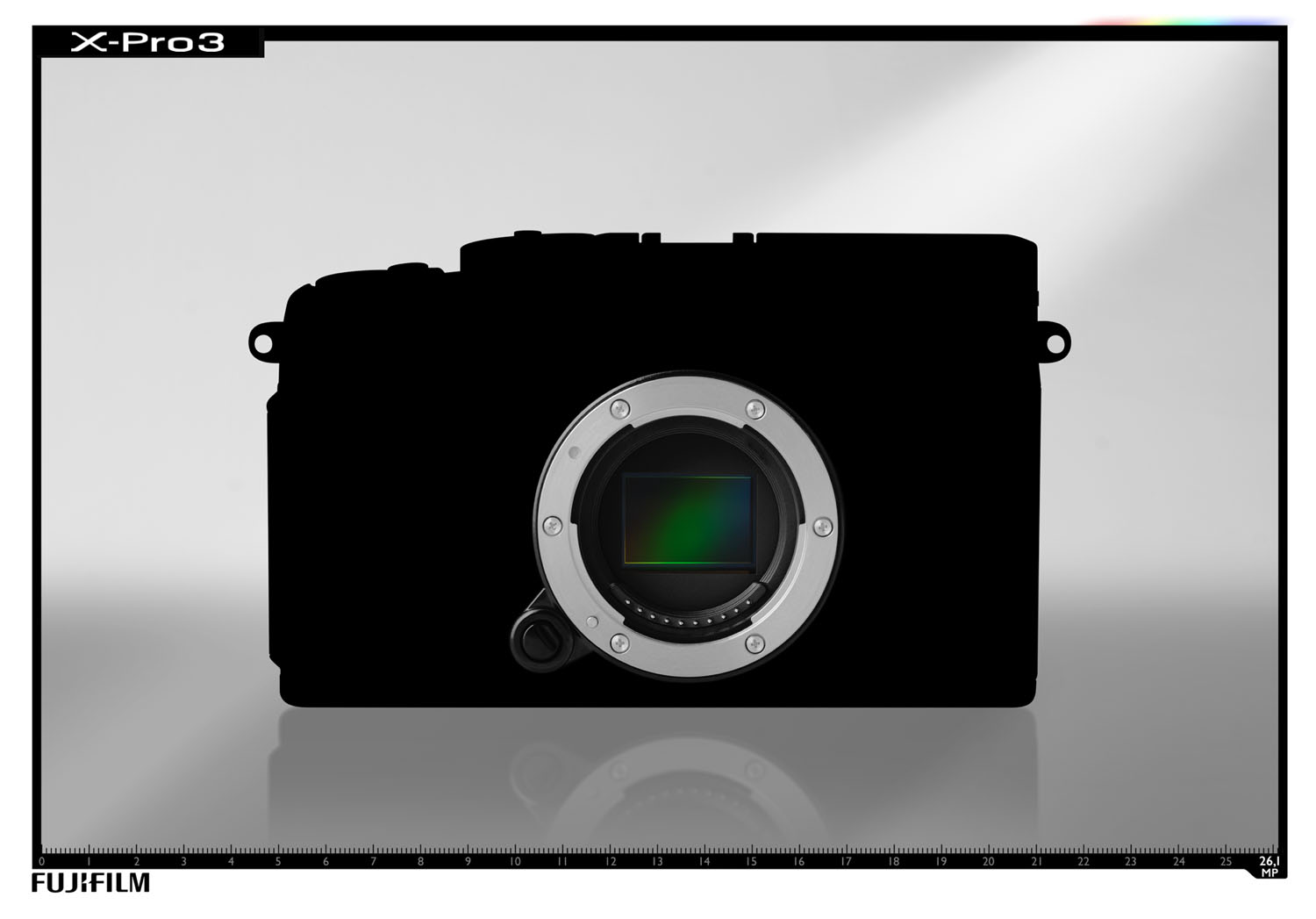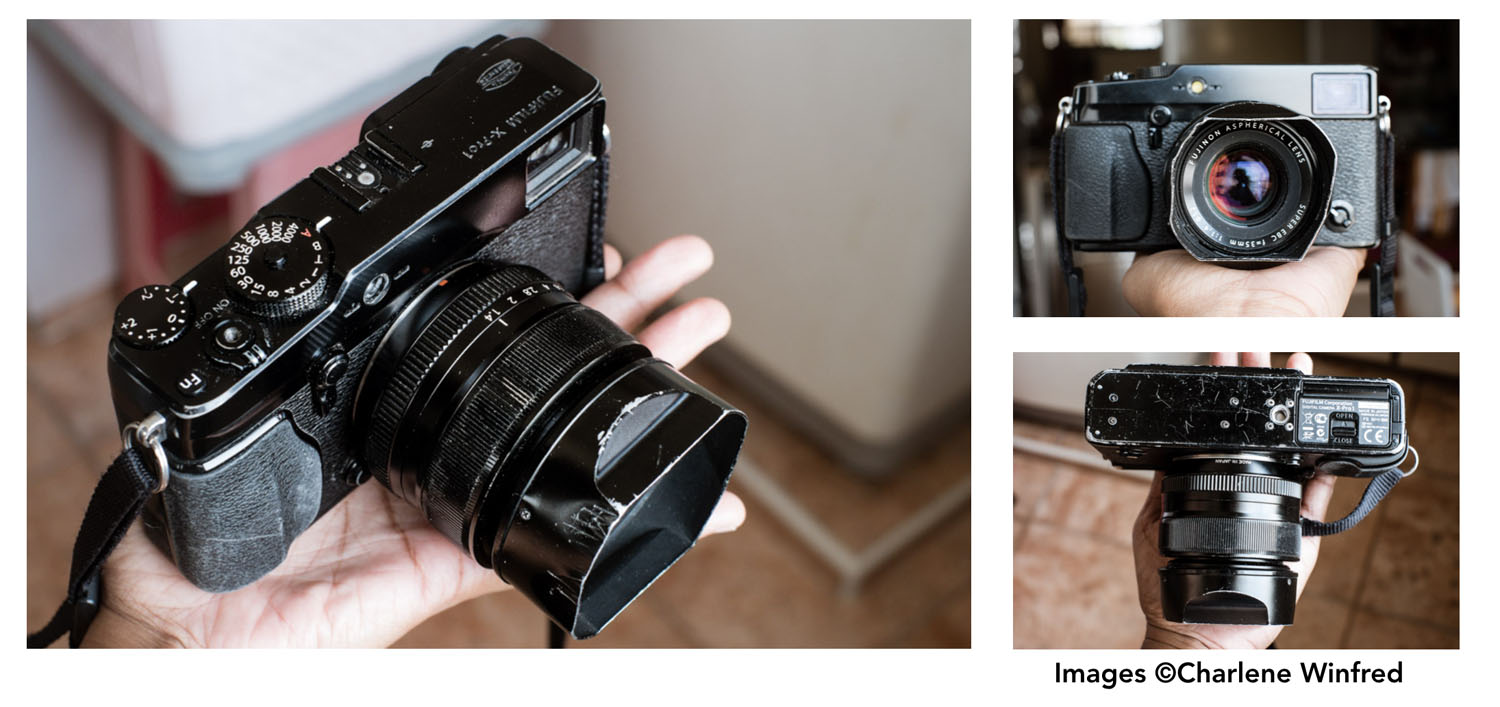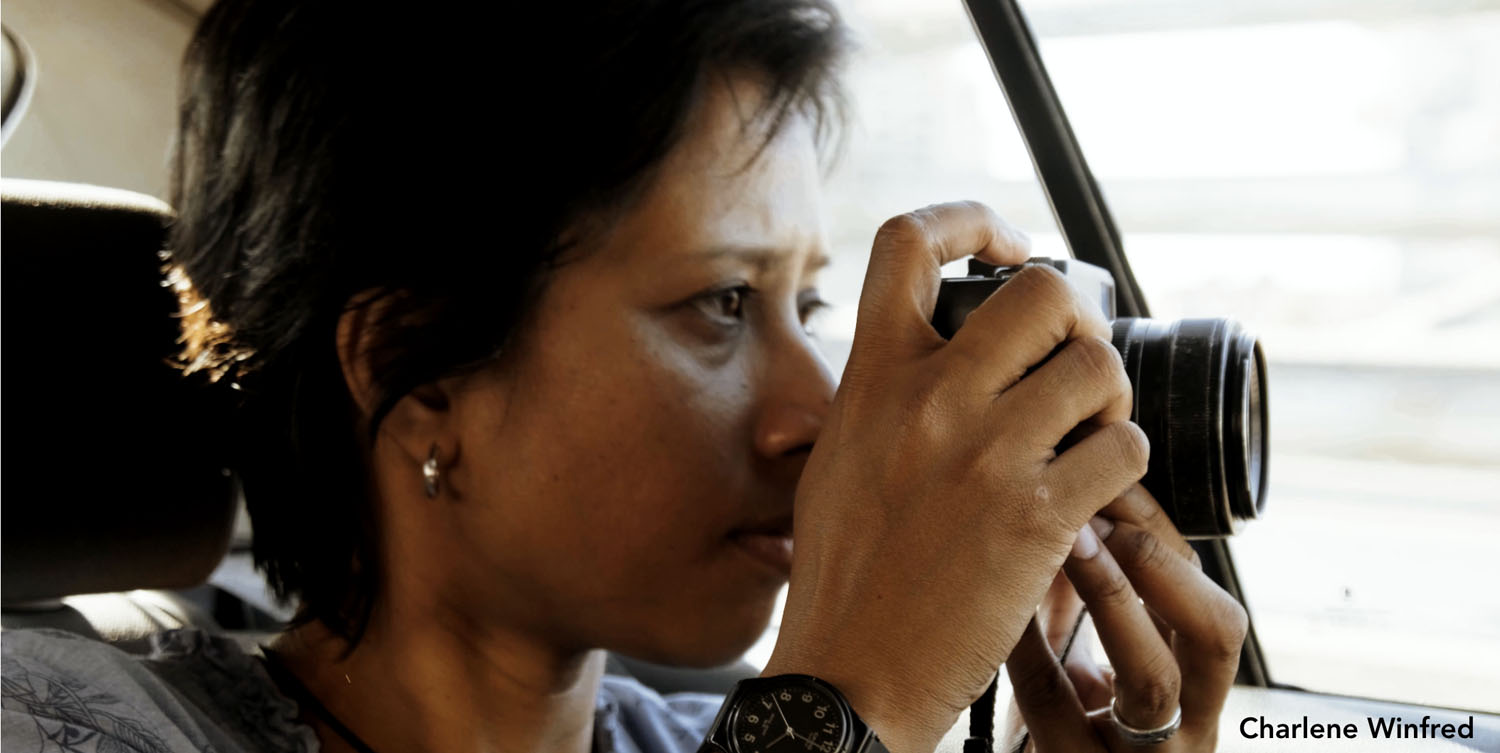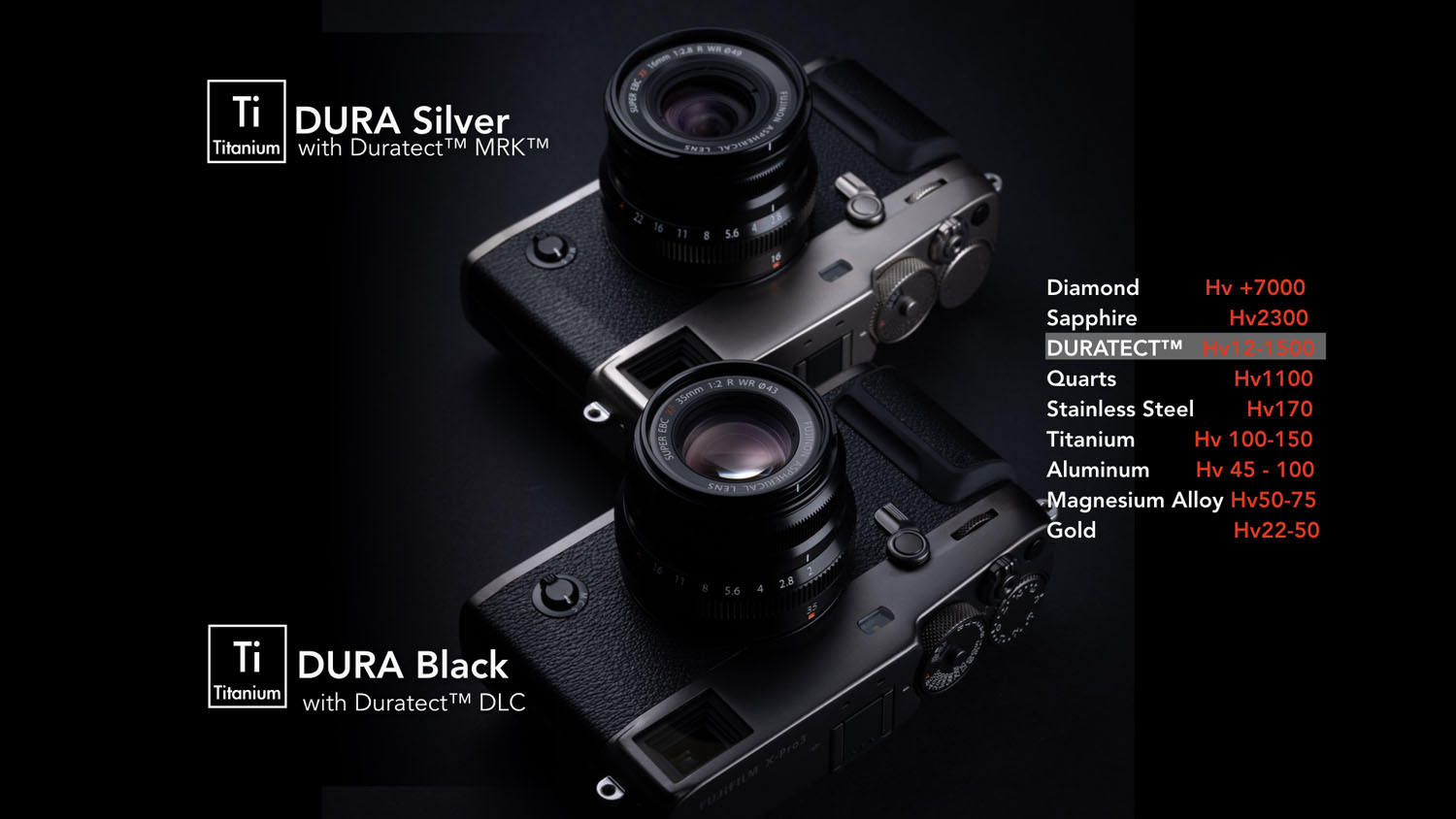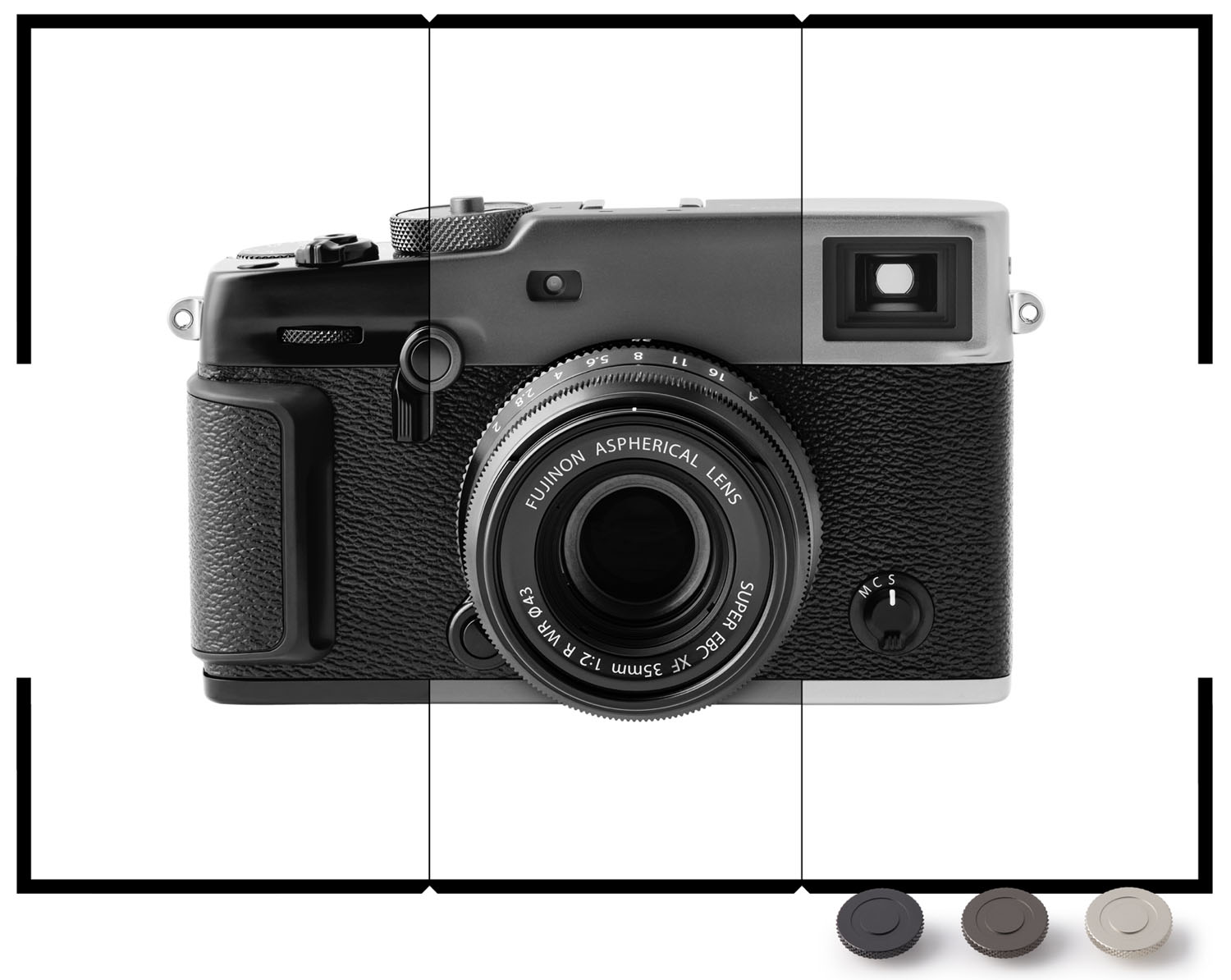The first time I took an interest in the aging process for digital cameras was when I saw Charlene Winfred’s X-Pro1.
Semiconductor performance doubles every two years. As Moore’s Law famously predicts, two years will see amazing advances in the performance of the main components—the sensors and processors— used in the construction of digital cameras. And now that the market for second-hand cameras has reached the general public, we not uncommonly see consumers upgrading to a new model before their current camera has had a chance to get old.
What, then, does it mean to go on using the same camera for a long time? I found the answer in Charlene’s X-Pro1 with the XF35mmF1.4 lens—a camera with truly impressive presence, a camera that seemed to say that what counts is whether you like something, love something, not whether it is old or new. I found it most persuasive.
As you might expect, Charlene was formally ushered into the ranks of the “X-Photographers” and entered into communications with Fujifilm. When approached during new-model season to undertake projects with different cameras, she would sometimes turn down these requests on the grounds of her fondness for the X-Pro series. If I recall correctly, we offered her the X-H1 and X-T3. I remember thinking “How could she!?” when she refused, but I changed my mind when I realized that no insult was intended but that for her, these cameras could never replace her X-Pro1.
Since then, I’ve come to the opinion that the best cameras are those that last the longest. From a business perspective, a long product-replacement cycle represents a loss, but I find it strange to be planning the sale of a new model the minute a customer buys the current one.
That’s how, when it came time to draft a product and promotion plan for the X-Pro2, I hit upon the idea of using an image of an old and worn X-Pro2 in the catalog. The message was, “Please keep using this product till it looks like this.” It generated a good response, but it also made me feel uneasy for reasons I couldn’t express.
Once, at an event, an X-Pro2 user showed me a battered X-Pro2 much like the one in the catalog. I honestly thought, “Thank you, thank you for using our product until it looks like that,” but a moment later I was disappointed to be told that the damage had been inflicted by the customer himself, to make his camera like the image in the catalog.
The customer in question was a cameraman who had many cameras and lenses made by L—; I suppose you could even call him wealthy. No doubt from his perspective, a few scratches on a new-model digital camera was a matter of little import.
I’ve heard the reason the hood on Charlene’s XF35mmF1.4 is bent is that she hit a car while taking photographs. The reason why we love our damaged equipment is that each chip and scratch is part of both our and our camera’s history. If you added the scratches yourself, what then would you say when asked what shot you were taking when the damage occurred?
This is not to say that this is the reason we chose to clad the X-Pro3 in titanium—we did it because it is tough and rugged. During development, we also learned about the Duratect™ process. Although titanium is itself quite hard, it achieves hardnesses as high as 1500 HV when coated with DURA Silver and 1200 HV when coated with DURA Black—seven to ten times harder than stainless steel and second only to materials such as diamond or sapphire, rendering it virtually impervious to damage from ordinary files and blades (“HV” = “Vickers Hardness Units”, a measure of hardness). These are the two colors I recommend to customers who intend to cherish their cameras, as these options will allow them to enjoy a beautiful finish that takes advantage of the titanium base.
One cannot deny that with age comes beauty—it’s why we offer a half-matte black option. But neither can we stop progress, and that’s why the half-matte black model also features titanium cladding. Any scratches or peeling paint will reveal either gray magnesium or the metallic shine of the base titanium, each of which have their own peculiar beauty.
These are the three choices before us. You’ll have a good reason to go on using your camera for many years, whichever you choose.















































